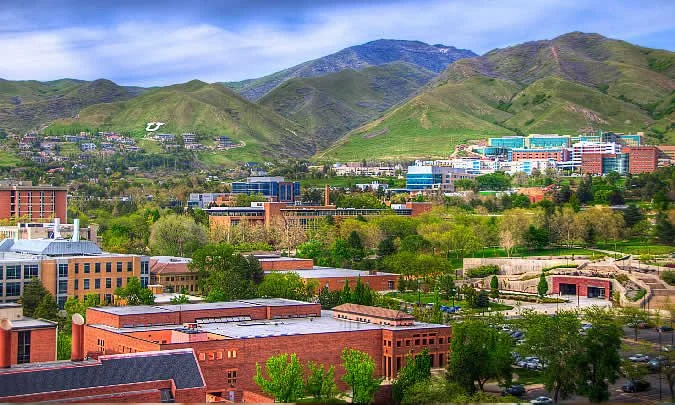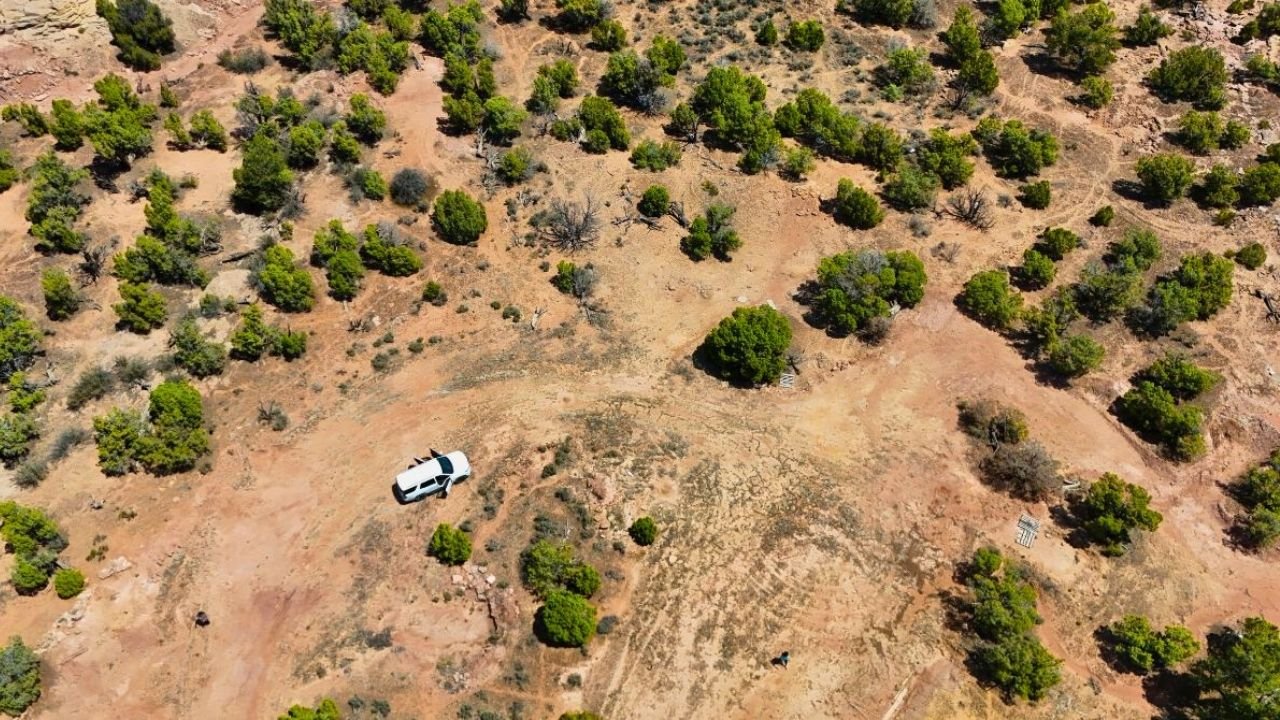Utah’s College Boom: What It Means for Land Buyers and Investors
Note: This blog post is not meant to be legal advice. Please check local resources to fact check
Utah is experiencing a powerful higher-education expansion that is reshaping its economy and unlocking opportunities for land buyers and real estate investors. Here's what you need to know.
Picture Credit: https://www.utah.edu/visitors/
Why Utah’s Colleges Are Growing
Record enrollment is driving enormous growth: Utah's universities exceeded 207,000 students in fall 2024—surpassing Salt Lake City’s population and signaling strong, sustained demand.
The state’s HB 265, passed in early 2025, prompted institutions to reallocate $60 million of academic budgets toward high-demand fields like engineering, AI, behavioral health, and nursing—leading to major investment in research and campus infrastructure.
Institutions across Utah are eliminating low‑enrollment programs and reinvesting in high-impact majors. Efforts include campus expansions, faculty hiring, and new facilities like an 800,000 sq ft medical campus in West Valley City backed by a $75 million donation.
What This Means for Land Buyers and Investors
1. Campus‑Adjacent Land Demand Is Rising
Land near major institutions—such as the University of Utah (Salt Lake City), Utah State University (Logan), Utah Valley University (Provo), and Utah Tech University (St. George)—is seeing increased demand. These areas attract students, faculty, and staff and support growth in student housing, retail, and mixed-use development.
2. Investors Are Shaping Utah’s Real Estate Landscape
Nearly 30% of Utah home purchases in 2023 were made by investors, particularly in areas connected to universities. Though investor activity varies by region, college towns present attractive, stable rental markets with solid long-term appreciation potential.
3. Growth of Silicon Slopes Tech Ecosystem
Tech and research universities fuel Silicon Slopes—a booming innovation corridor spanning Salt Lake City to Provo-Orem. This ecosystem is driving demand for commercial land (labs, office, industrial) near campuses that cultivate tech talent and research collaborations.
4. Infrastructure Investments Add Value
Utah is proactively expanding transit and access to support growth around campuses. Projects like Utah County’s UVX BRT and FrontRunner rail expansions improve connectivity and boost nearby land values, especially near Provo, Orem, and Logan.
5. Economic Multipliers and ROI from Education
Statewide studies show that Utah's educational investment yields a 3:1 return in tax revenue, with benefits that include workforce development, civic engagement, and innovation-led growth.
Considerations Before Investing
Policy risk around trust-land sales: Changes in land-sale preferences (e.g. HB 262) could affect large-family or trust-owned parcels near campuses Utah News Dispatch.
Affordability pressures: Institutional investor activity and competition may raise entry costs and rental prices in key neighborhoods Utah News Dispatchwolfnest.com.
Regulatory shifts around strategic reinvestment plans could alter university expansion priorities over time.
Bottom Line
Utah’s booming college scene offers more than just lecture halls. It’s driving land demand, new development, and economic value in cities statewide. For developers, investors, and area land buyers, aligning your strategy with emerging university-led growth in housing, tech, and infrastructure can offer both steady returns and longevity.
Would you like help analyzing specific regions or finding available land parcels near these university zones?



